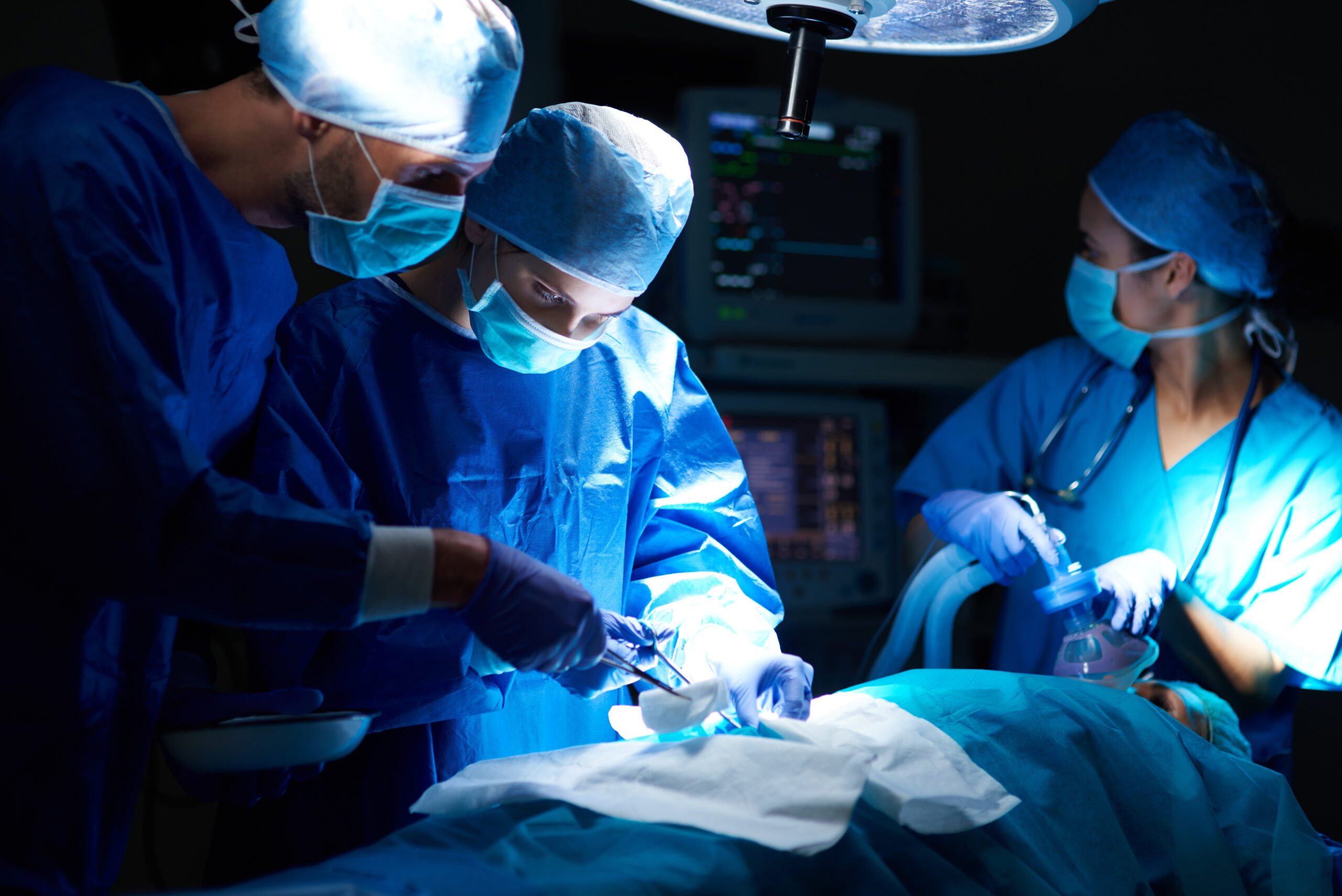If you’ve been experiencing unexplained pelvic pain, infertility, or other gynecological issues, your doctor might recommend a diagnostic laparoscopy. While the name sounds complex, it’s a simple and effective procedure that helps doctors look inside your abdomen and pelvis without making large cuts. This blog breaks it all down—what it is, why it’s done, how it’s performed, and what you should expect during recovery.
By the end of this post, you’ll understand how diagnostic laparoscopy can help identify the root cause of your symptoms and guide effective treatment. For women seeking expert care, Lifeline Hospital, Department of Obstetrics and Gynaecology in Kerala offers advanced laparoscopy services with experienced specialists and modern facilities.
What Is Diagnostic Laparoscopy?
Diagnostic laparoscopy is a minimally invasive surgical procedure used to look directly inside the abdominal and pelvic cavities. A small incision is made, and a thin tube with a camera (called a laparoscope) is inserted. This camera sends live images to a monitor, helping doctors examine organs like the uterus, ovaries, fallopian tubes, liver, and intestines.
It’s called “diagnostic” because it helps confirm or rule out medical conditions when other tests like ultrasound or MRI don’t give clear answers.
When Is Diagnostic Laparoscopy Recommended?
Doctors often suggest a diagnostic laparoscopy when they suspect conditions that aren’t visible through imaging tests. Common reasons include:
- Unexplained pelvic pain
- Infertility evaluation
- Suspected endometriosis
- Pelvic inflammatory disease (PID)
- Ovarian cysts or fibroids
- Ectopic pregnancy
- Evaluation of blocked fallopian tubes
- Unclear results from imaging tests
This procedure gives your doctor a clearer picture, leading to a more accurate diagnosis and better treatment planning.
How Is the Procedure Performed?
The entire process of diagnostic laparoscopy usually takes 30 to 60 minutes and is done under general anesthesia.
Step-by-Step Overview:
- Preparation: You’ll be asked to fast for several hours before the surgery. Blood tests and other evaluations might be done in advance.
- Anesthesia: You’ll be put to sleep using general anesthesia so you don’t feel pain during the procedure.
- Creating Access: A small incision (usually near the belly button) is made. Through this, carbon dioxide gas is pumped in to inflate the abdomen. This makes it easier to view organs clearly.
- Inserting the Laparoscope: The thin, camera-equipped laparoscope is inserted, and the images are displayed on a monitor.
- Inspection: The surgeon carefully examines the pelvic and abdominal organs. If necessary, more small cuts may be made to insert surgical tools for a biopsy or minor corrections.
- Closing Up: Once the procedure is done, the instruments are removed, the gas is released, and the incision is closed with stitches or surgical tape.
Since the cuts are tiny, you usually recover faster than traditional open surgery.
Benefits of Diagnostic Laparoscopy
There are many advantages to choosing a diagnostic laparoscopy over other surgical procedures:
- Minimally invasive: Small cuts mean less pain, faster recovery, and lower risk of infection.
- Precise diagnosis: Provides a direct view of internal organs, improving the accuracy of the diagnosis.
- Short hospital stay: Most patients go home the same day or after one night.
- Quicker healing: You can return to normal activities within a few days.
- Fewer scars: Since the incisions are small, scarring is minimal.
This makes laparoscopy a preferred method for diagnosing complex gynecological issues.
Risks and Complications
Like any medical procedure, diagnostic laparoscopy carries some risks, though they are rare. Possible complications include:
- Bleeding
- Infection
- Reaction to anesthesia
- Injury to internal organs
- Blood clots
Your doctor will review your medical history and discuss these risks with you beforehand to ensure you’re well-informed.
Recovery After Diagnostic Laparoscopy
After the procedure, you’ll be moved to a recovery room where nurses monitor your vital signs. Here’s what recovery typically looks like:
- Mild pain around the incision sites
- Shoulder pain, caused by gas used during the procedure
- Fatigue, as the anesthesia wears off
- Spotting or discharge, especially if a gynecological issue was involved
Most people return to work within a week, but always follow your doctor’s advice. Avoid heavy lifting and strenuous exercise until you’re fully healed.
Why Choose Lifeline Hospital for Diagnostic Laparoscopy?
If you’re considering diagnostic laparoscopy in Kerala, Lifeline Hospital, Department of Obstetrics and Gynaecology in kerala is a top choice. Here’s why:
- Skilled surgeons with years of experience in minimally invasive procedures
- State-of-the-art laparoscopy units
- Compassionate nursing and support staff
- Affordable packages and transparent pricing
- Personalized care tailored to each patient’s condition
Choosing the right hospital ensures not only an accurate diagnosis but also peace of mind throughout your recovery journey.
Conclusion
A diagnostic laparoscopy can be a game-changer when other tests fall short. It helps doctors look inside your body with precision and minimal discomfort, allowing them to diagnose and treat issues faster. Whether you’re dealing with pelvic pain, infertility, or another concern, this simple yet powerful procedure could be your first step toward relief and recovery.
Always discuss your symptoms openly with your doctor, and don’t hesitate to ask questions. For expert gynecological care, reach out to Lifeline Hospital, Department of Obstetrics and Gynaecology in Kerala—a trusted center for women’s health and fertility treatments.
FAQs
1. Is diagnostic laparoscopy painful?
You won’t feel pain during the procedure due to general anesthesia. Some mild discomfort may follow, especially around the abdomen or shoulders.
2. How soon can I return to work after laparoscopy?
Most people return to work within 5–7 days, depending on how quickly they heal and the nature of their job.
3. Can diagnostic laparoscopy help with infertility?
Yes. It can identify conditions like endometriosis or blocked fallopian tubes, which often go undetected through other methods.
4. Is hospitalization required for laparoscopy?
It is usually a day-care procedure, meaning you can go home the same day unless complications arise.
5. Will there be visible scars after laparoscopy?
Scars are minimal due to the small incisions and usually fade over time.


